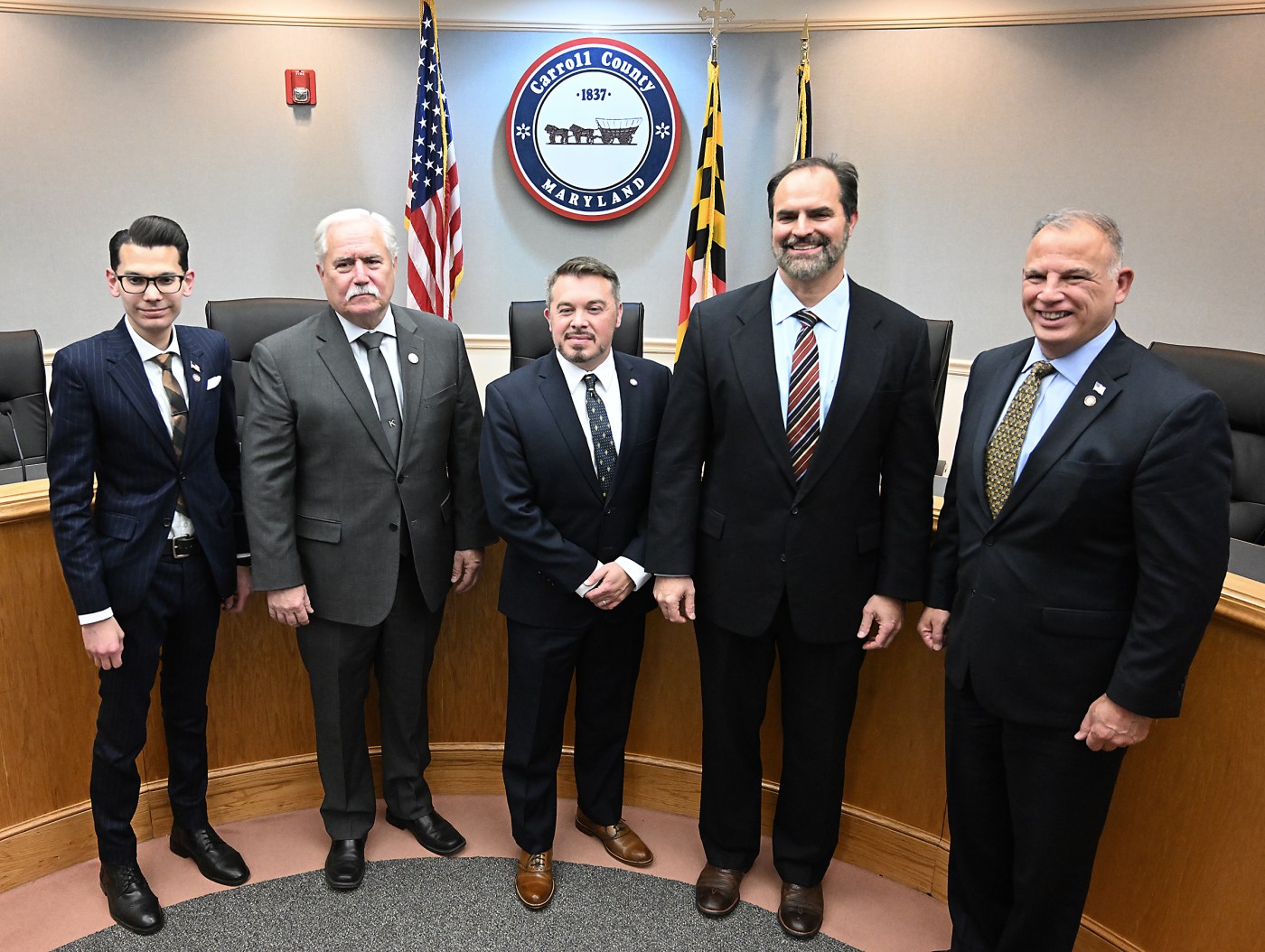
[Baltimore Sun] Carroll County to explore enacting development ordinance
The Board of Carroll County Commissioners voted 4-1 at to have the county’s Planning and Zoning Commission craft an ordinance that would allow builders planning large-scale projects to enter into a Development Rights and Responsibilities Agreement with the county.
DRRA, as it is known, is a negotiated agreement between a local government and a developer that establishes conditions for the property. A key element is that the laws and regulations concerning the use of the property remain in effect at the time the agreement is signed. The signed agreement also means that all stipulations remain in effect throughout the development of the property.
In 1995, the state adopted legislation that gives local jurisdictions the ability to enact and enter into a Development Rights and Responsibilities Agreement with developers.
“They put in place a tool that local governments like ourselves and developers could utilize to establish what are called Rights and Responsibilities Agreements,” Christopher Heyn, director of the county’s Department of Planning and Land Management said. “The intent is to make clear those things that the developer would be responsible for as they go through a development process.”
Carroll County currently does not have this type of an agreement in place.
Heyn said currently in the county a developer goes through the normal review and approval process. The Bureau of Development Review is the lead agency in the review of all residential, commercial, and industrial plans in Carroll County, according to the county’s website. The bureau is responsible for processing and tracking development plans from submittal through approval.
Bureau staff work with the Planning Commission to review proposed subdivisions. Changes can be made throughout the process.
With a DRRA, everything agreed upon in the agreement doesn’t change unless there are safety concerns or health concerns. Presently, builders make changes throughout the development process. This would stop that.
“The DRRA establishes certain [binding] expectations on both parties related to the development,” Heyn said.
Mary Lane, bureau chief of the county’s Bureau of Comprehensive Planning said the DRRA provides the developer with “stability” in land-use regulations, and is an effective tool for large-scale developments.
The developer must ask the county to enter into the DRRA, meaning it is a contract that the builder initiates.
The agreement under state law includes the size of the property, what is permitted on the property, duration of the agreement, and requirements that are necessary for public health and safety.
District 1 Commissioner Joe Vigliotti, who was a member of the Taneytown City Council from 2013 to 2022, said Taneytown has a DRRA in place, and it has worked well.
“I think it’s a good idea,” he said. “It ensures what we expect from [developers].”
But District 4 Commissioner Michael Guerin, the lone vote against moving forward with the ordinance, said that it would restrict the board’s authority over development.
“It seems to me that this would tie the board’s hands, and, I don’t know why we would want to do that,” he said. “It would limit our ability to respond to the public if something changes with a particular development. We need to fulfill our duties up here of representing the people. So, I’m hesitant to go down this road. I don’t think we should.”
Vigliotti said he understood Guerin’s concerns, but from his experience on the Taneytown City Council, he found with the agreement in place, that they were able to ensure that the developer was doing everything agreed to in the contract.
“It’s another way to ensure the developer is doing what he’s supposed to do,” he said. “From my experience, when citizens see that there’s a DRRA, they know that expectations are being met.”
